Search Thermo Fisher Scientific
Invitrogen
CD120a (TNF Receptor I) Monoclonal Antibody (55R-170), Functional Grade, eBioscience™
FIGURE: 1 / 7
CD120a (TNF Receptor I) Antibody (16-1202-81) in Functional
-Functional-Grade-Flow-20170216130641.jpg?time=20220826)

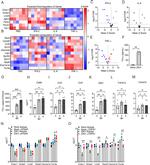
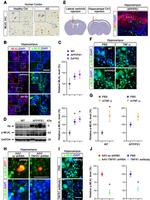
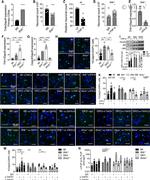
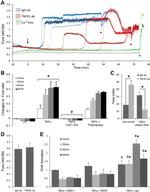
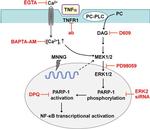
Product Details
16-1202-81
Species Reactivity
Published species
Host/Isotype
Recommended Isotype Control
Class
Type
Clone
Conjugate
Form
Concentration
Purification
Storage buffer
Contains
Storage conditions
Shipping conditions
RRID
Product Specific Information
Description: The 55R-170 monoclonal antibody reacts with mouse Tumor Necrosis Factor Receptor I (TNFRI, TNFR-p55, TNFRSF1A, CD120a). TNFRI is expressed in a variety of cell types. The soluble TNF receptors are truncated forms of cell surface receptors with neutralizing activity on both TNF-alpha and TNF-beta. It has been suggested that the proinflammatory and immunosuppressive properties of TNF segregate at the level of its receptors and that the pool of TNF bound to soluble receptors could represent a reservoir to control the TNF release.
Applications Reported: The 55R-170 antibody has been reported for use in ELISA, neutralization of mouse TNFR I bioactivity and flow cytometric analysis.
Applications Tested: The Functional Grade Purified 55R-170 antibody has been tested by LAL assay to verify low endotoxin levels and in bioassay for neutralization of mouse TNFR I bioactivity.
The 55R-170 antibody at 25 µg/mL has been found to inhibit by 50% the biological effects of 1 ng/mL mouse TNF alpha in an assay of TNF alpha induced cytotoxicity of L929 cells. Detailed information and protocols about cytokine bioassays and in vitro cytokine neutralization using antibodies can be found in the Best Protocols® section.
Storage and handling: Use in a sterile environment.
Filtration: 0.2 µm post-manufacturing filtered.
Purity: Greater than 90%, as determined by SDS-PAGE.
Endotoxin Level: Less than 0.001 ng/µg antibody, as determined by LAL assay.
Aggregation: Less than 10%, as determined by HPLC.
Target Information
TNFR1 (Tumor necrosis factor receptor 1) belongs to the tumor necrosis factor superfamily, and is one of the major TNF-alpha receptors. TNFR1 plays an important role in mediating, in cytokine mediated signaling, positive regulation of the NF-Kb pathway, positive regulation of angiogenesis, and negative regulation of gene expression. The extracellular domain of TNFR1 is also released into the circulatory system as soluble TNFR1 (sTNFR1). In humans, the TNFR1 gene is located on chromosome 12. Anti-apoptotic protein BCL2-associated athanogene 4 (BAG4/SODD) and adaptor proteins TRADD and TRAF2 have been shown to interact with TNFR1, and thus play regulatory roles in the signal transduction mediated by the receptor. Germline mutations of the extracellular domains of TNFR1 were found to be associated with the autosomal dominant periodic fever syndrome, and the impaired receptor clearance is thought to be a mechanism of the disease.
For Research Use Only. Not for use in diagnostic procedures. Not for resale without express authorization.
Bioinformatics
Protein Aliases: CD120a; CD120a antigen; MGC19588; n-smase activation assoc. factor; p55; p60; sCD120a; soluble CD120a; soluble TNFR1; sTNF RI; sTNFR I; sTNFR1; sTNFRI; TNF receptor alpha chain; TNF-alpha-R1; TNF-R1; TNF-RI; TNFR; TNFR I; TNFR-I; Tumor necrosis factor receptor; Tumor necrosis factor receptor 1; Tumor necrosis factor receptor superfamily member 1A; Tumor necrosis factor receptor type I
Gene Aliases: CD120a; FPF; p55; p55-R; TNF-alphaR1; TNF-R; TNF-R-I; TNF-R1; TNF-R55; TNFalpha-R1; TNFAR; Tnfr-1; Tnfr-2; Tnfr1; TNFR60; TNFRI; TNFRp55; Tnfrsf1a
UniProt ID: (Mouse) P25118
Entrez Gene ID: (Mouse) 21937

Performance Guarantee
If an Invitrogen™ antibody doesn't perform as described on our website or datasheet,we'll replace the product at no cost to you, or provide you with a credit for a future purchase.*
Learn more
We're here to help
Get expert recommendations for common problems or connect directly with an on staff expert for technical assistance related to applications, equipment and general product use.
Contact tech support
-Functional-Grade-Flow-20170216130641.jpg?time=20220826)